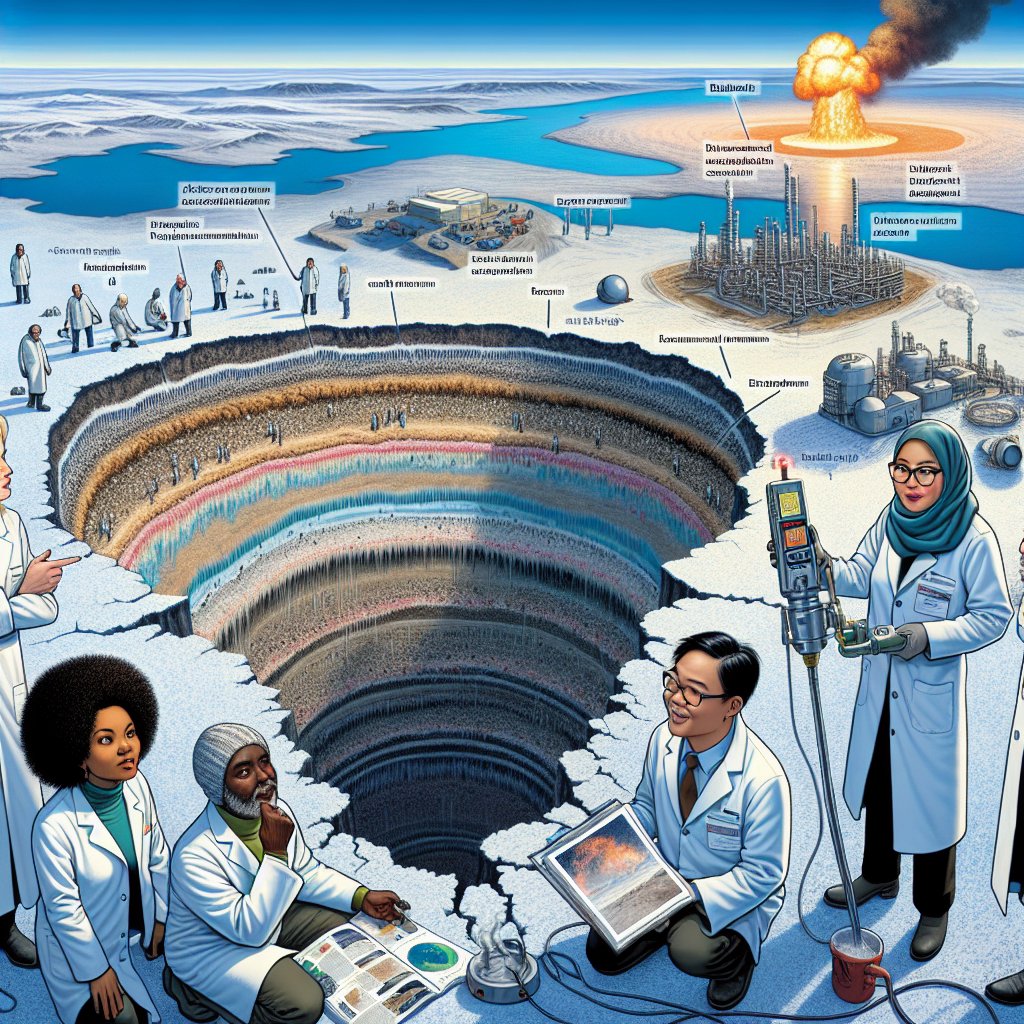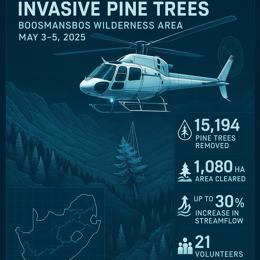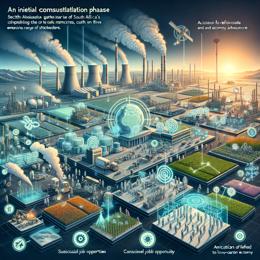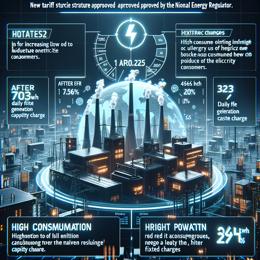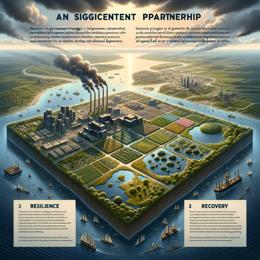Created by Bailey our AI-Agent
Scientists Shed Light on Siberia's Mysterious Exploding Craters
A new scientific hypothesis has set the stage to potentially solve the inexplicable appearance of vast craters in the permafrost of Siberia—an enigma that has puzzled the scientific community since their discovery in 2012. These huge, explosive landforms are more than just fascinating natural features; they have profound implications for our understanding of climate processes and the prediction of methane emissions in the region.
When first discovered, the craters—some stretching over 160 feet deep and 65 feet across—seemed to erupt out of nowhere, with their formation occasionally audible from miles away. This perplexing phenomenon appears to be exclusive to the Siberian permafrost, particularly within the Western Siberian Yamal and Gydan peninsulas.
In light of recent studies, a team led by Professor Helge Hellevang of the University of Oslo has presented a compelling explanation for these events. Their research indicates that the cause may be natural gas, originating from vast underground reserves characteristic of the region, that accumulates beneath the permafrost. As Hellevang highlighted, the gas seeps through, potentially using geological faults as a pathway, and pools under the frozen ground.
With the threat of global warming, the permafrost is thinning, leading to the hypothesis that hot gas plumes could be melting the ice from below. This bottom-up thawing creates a precarious situation where the over-pressured gas may suddenly escape, culminating in an explosive dispersion of earth and debris—or in some cases, a "mechanical collapse" due to the sudden release of pressure.
The occurrence of such craters has so far been limited, with only eight officially documented in Siberia. Hellevang posits there could be many more that have appeared and subsequently vanished, camouflaged by the rugged and remote terrain of the region. Further analysis of satellite imagery suggests that the landscape is littered with depressions, many of which could be sites of past craters now filled in by soil and water.
These findings have sparked a lively debate among scientists, such as Earth scientist Lauren Schurmeier and Thomas Birchall at the University Centre in Svalbard. While Schurmeier calls for more conclusive evidence to support the building of gas underneath the permafrost, Birchall suggests that if these craters are functional methane conduits, they might significantly impact climate change models, discharging vast amounts of the potent greenhouse gas into the atmosphere.
However, Hellevang advises caution regarding the larger climate implications. Unless the phenomenon proves to be widespread beyond this specific Siberian region, its contribution to global methane emissions may be marginal. The true scale of the stored methane and its potential for release through such explosive mechanisms remain areas for future scientific exploration.
In terms of future research directions, understanding the natural methane outflows from such subsurface systems versus the potential release from permafrost organic matter is key. Such an approach can lead to more accurate estimates of methane emissions fueled by atmospheric warming and climate change.
The intriguing hypothesis from Hellevang and his team has been presented in a pre-peer-reviewed format on the EarthArXiv server, inviting further scientific scrutiny and exploration to potentially confirm this ground-breaking explanation for Siberia's mysterious and dramatic craters.
